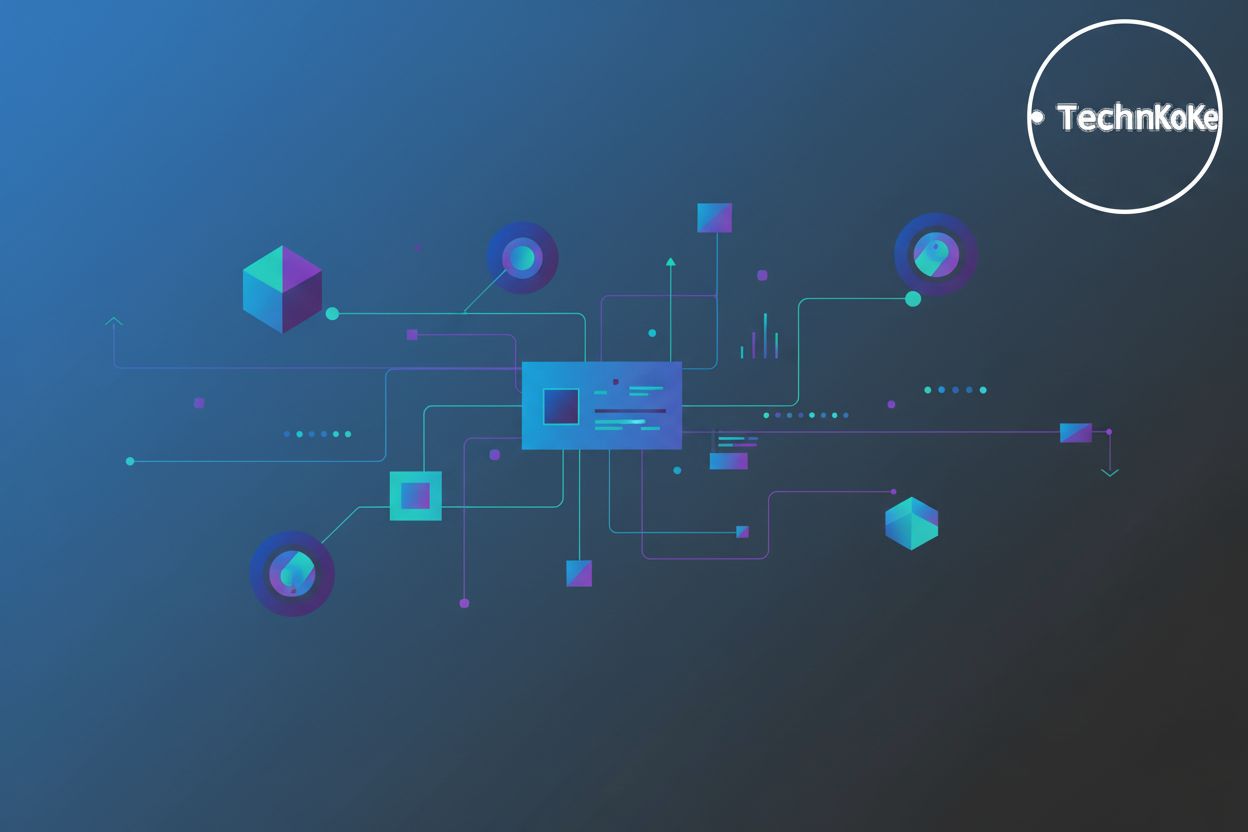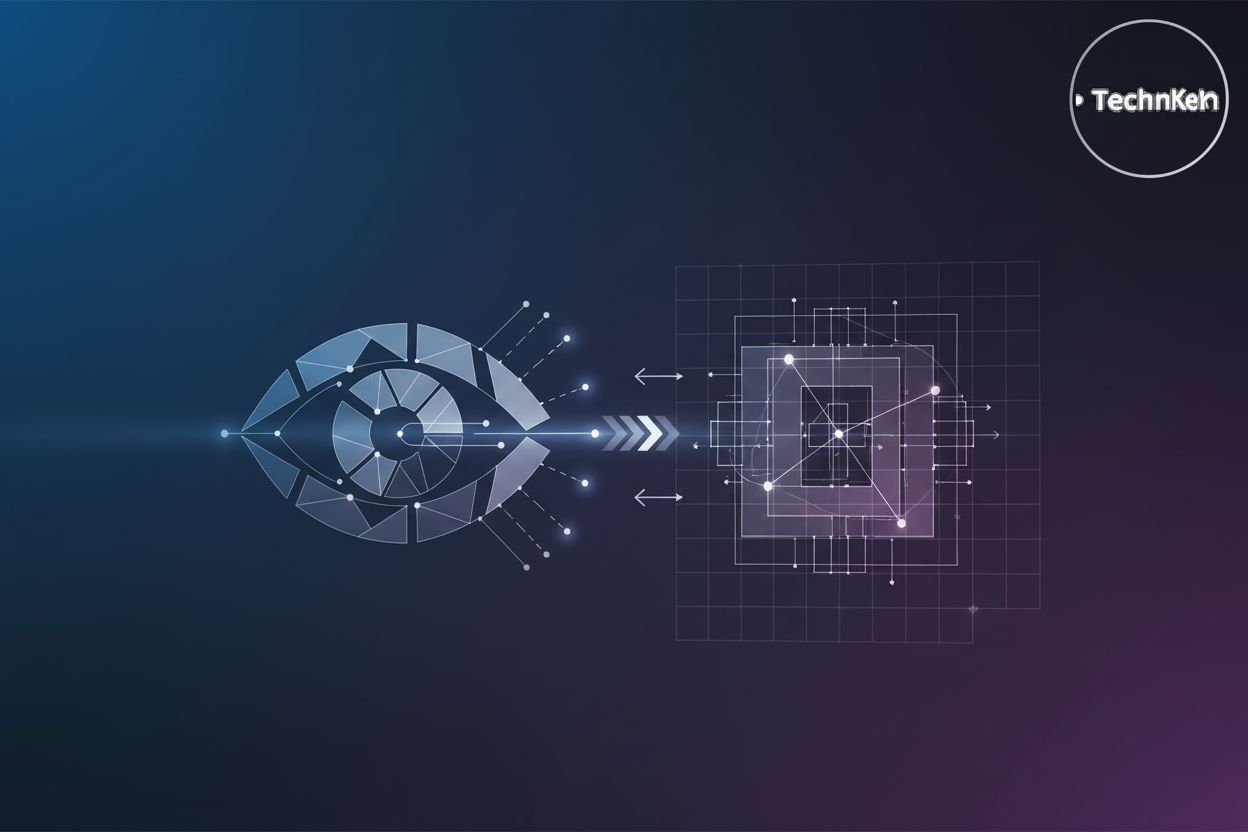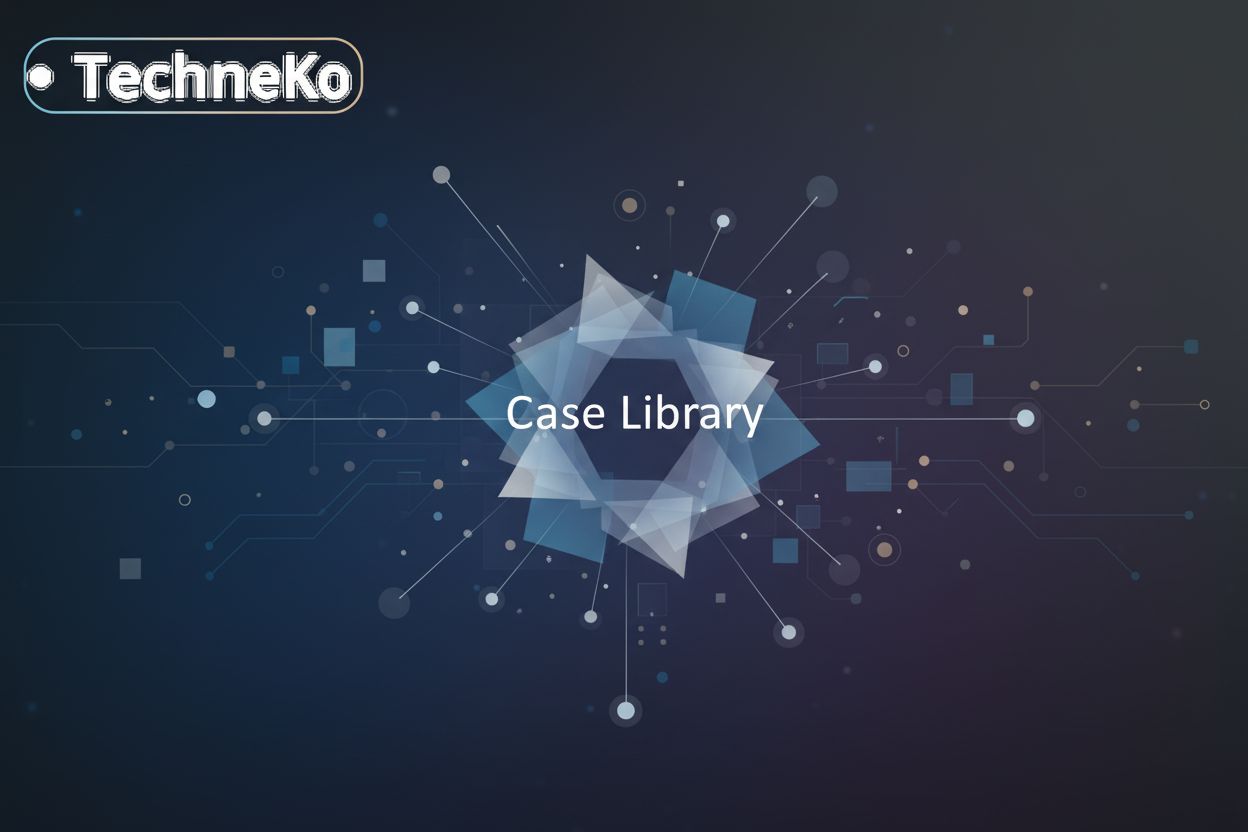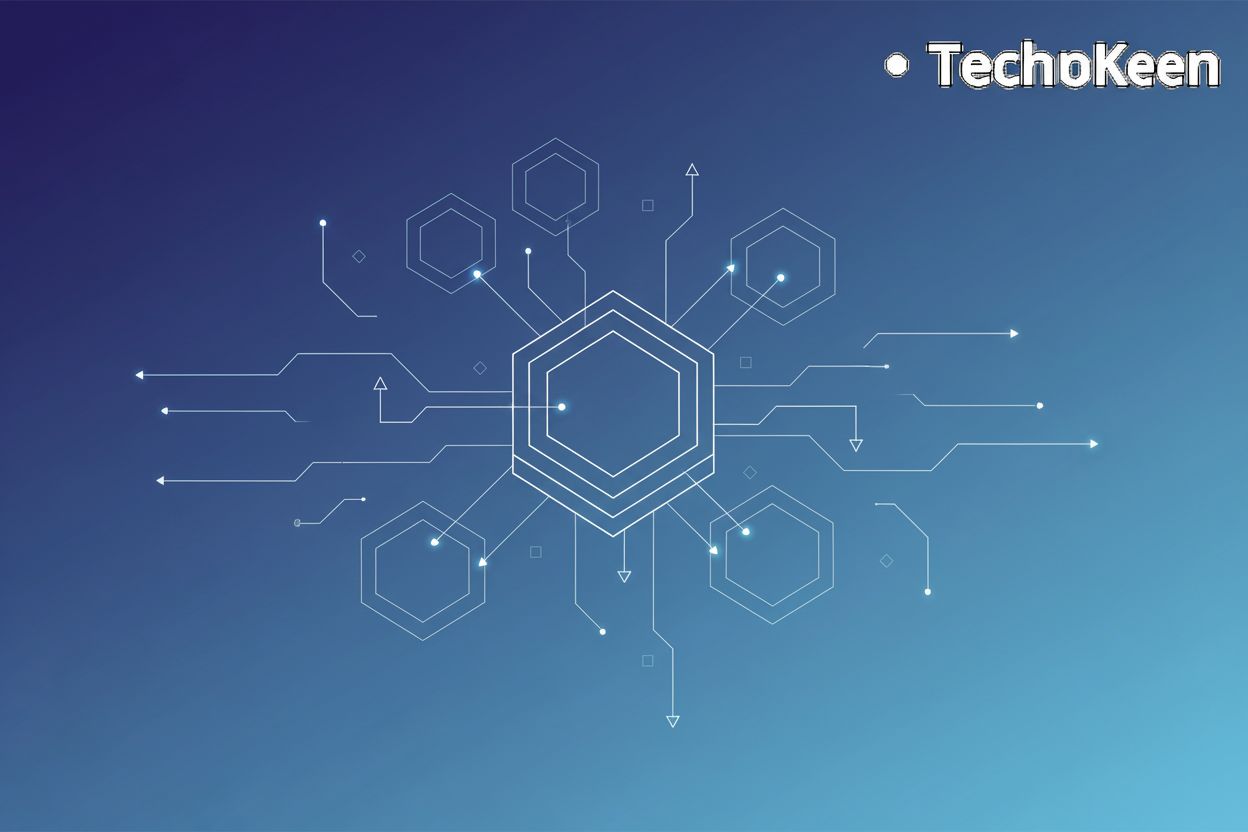An Overview of Major AI Agent Categories
TL;DR
Introduction to AI Agents
Okay, so you're curious about ai Agents? what's the buzz all about, right?
Think of ai agents as software that's got a brain – well, an artificial one anyway. They roll with reasoning and planning to finish tasks for us, learning and adapting as they go.
- They're not just following orders blindly; they're making calls based on what's happening around them.
- And get this: they can even team up with humans or other ai agents to get stuff done.
These agents can take in all sorts of info – text, voice, even video – and figure things out. It's like giving a computer a pair of eyes, ears, and a mouth, all hooked up to a brain that can actually understand what's going on. For instance, computer vision lets them "see" images and videos, speech recognition lets them "hear" spoken words, and natural language processing (NLP) allows them to "read" and "understand" text.
Think of it as the next level, and this is just the beginning.
Simple Reflex Agents
Simple reflex agents are like that super-focused friend who can only deal with what's right in front of them. Ever feel like you can only handle one task at a time? That's these agents in a nutshell.
These agents work on a simple "if this, then that" basis.
- They react to current sensory input without thinking about the past or future.
- Think of a thermostat: if the temperature drops, it turns on the heat, no questions asked.
- Safety sensors in factories operate similarly, halting machinery if an obstruction is detected.
Because they’re so straightforward, simple reflex agents are efficient for immediate-response tasks. Now, let's explore how agents can go beyond immediate reactions by building an internal understanding of their environment.
Model-Based Reflex Agents
Model-based reflex agents? Think of them as having a bit more going on upstairs than the simple kind.
- They don't just react; they maintain an internal model of the world. This internal model is like a memory or a map of how the world works, including things they can't directly see.
- This helps them infer hidden states and make better decisions when things aren't crystal clear. For example, a self-driving car's agent might infer that another car is about to change lanes based on its speed and turn signal, even if it can't see the lane change happening yet.
- They're still rule-based, but their rules are informed by this internal model, giving them a more nuanced understanding.
For example, a smart thermostat kinda figures out when you're likely home even if you don't tell it. It's not psychic, but it's close enough, you know? Now, what if we wanted agents to do more than react?
Goal-Based Agents
Goal-based agents? They're not just reacting; they're actively planning, kinda like when you map out the fastest route to avoid traffic. With an internal model, agents can start to think about what they want to achieve. This leads us to Goal-Based Agents, which are designed to actively pursue specific objectives.
- These agents use algorithms to predict and evaluate future states. They don't just see what's happening now; they try to figure out what could happen next if they take certain actions.
- They're all about achieving specific goals through carefully planned action sequences, a bit like chess-playing AI. They might use techniques like state-space search to explore different paths and determine which one is most likely to lead to their goal.
- They work best when objectives are well-defined, especially in predictable situations.
So, like, think project management software that organizes tasks to meet deadlines... now, that's a goal-based agent in action. But what if we want agents to adapt and learn from experience?
Utility-Based Agents
Utility-based agents are kinda like that friend who always weighs the pros and cons, right? While goal-based agents focus on achieving a specific objective, sometimes the best path isn't clear-cut. This is where Utility-Based Agents come in, helping agents make the best possible choice when there are multiple options with varying degrees of desirability.
- They use a utility function to figure out the best move. A utility function basically assigns a numerical value to different outcomes, representing how desirable they are. The agent then chooses actions that are expected to lead to outcomes with the highest utility.
- Actions are picked to max out satisfaction, thinkin' about the costs, time, and even risks.
- They're awesome for tough calls with lots of options to consider.
So, like, think about stock trading bots figuring out profit versus risk. While utility helps agents make optimal choices in a given situation, what if the agent doesn't know the best way to act or the environment changes? That's where Learning Agents come in, allowing them to improve over time.
Learning Agents
Learning agents are basically the cool kids of ai – they learn as they go. Imagine software that gets better over time.
- These agents improve their performance by getting feedback from their interactions with the world, kinda like learning from mistakes. They often use reinforcement learning, where they try actions and get rewarded or penalized, adjusting their strategy accordingly.
- They adapt and evolve by trying new things, seeing what works, and then tweak their behavior.
- This is super effective in unpredictable environments, because they use machine learning to figure things out as they go.
So, what's next? Let's look at how agents break down complex problems.
Hierarchical Agents
Hierarchical agents tackle complex tasks by breaking them down into smaller, more manageable sub-tasks. Think of it as a boss delegating responsibilities to different teams—except, you know, it's all ai.
- These agents use a tiered structure where higher-level agents manage the overall strategy.
- Lower-level agents execute specific tactics—a bit like having a project manager oversee individual team members.
- This approach reduces overload, making it easier to handle large-scale tasks that would overwhelm simpler systems.
Consider autonomous vehicles: the top level plans routes, while the lower level controls steering. While hierarchical agents manage complexity within a single agent's structure, what happens when multiple agents need to collaborate or compete? That's the domain of Multi-Agent Systems.
Multi-Agent Systems
Multi-agent systems, huh? It's kinda like watching a bunch of little ai brains trying to figure out how to work together.
These systems are all about multiple ai agents teaming up to solve problems.
- Think of it as a virtual committee, but hopefully less chaotic.
The agents can be cooperative, competitive, or even just, you know, awkwardly negotiating.
- This interaction leads to some pretty interesting emergent behaviors that’s hard to predict and control. For instance, in a simulated traffic system, individual agents trying to reach their destinations might collectively create traffic jams or efficient flow patterns that weren't explicitly programmed.
They’re particularly useful in distributed and uncertain environments, needing a way to resolve conflicts.
Now that we've explored various types of AI agents and systems, let's bring it all together in our conclusion.
Conclusion: Choosing the Right AI Agent Category
Okay, so, wrapping up this agent thing, eh? Makes you wonder where to even start, right?
- Categorizing ai agents shows how much they can do, for different problems.
- Start simple, scaling up expertise later. This is beneficial because simpler agents are easier to develop and debug. More complex agent types can then be built upon these foundations, like starting with a simple reflex agent and gradually adding memory and goal-seeking capabilities.
- Mixing agent types? That's where the real magic will happen. For example, you could have a goal-based agent that uses learning to improve its planning strategies, or a multi-agent system where each agent is utility-based, allowing for complex negotiations and resource allocation.
This overview shows the diverse landscape of AI agents, each suited for different challenges.




